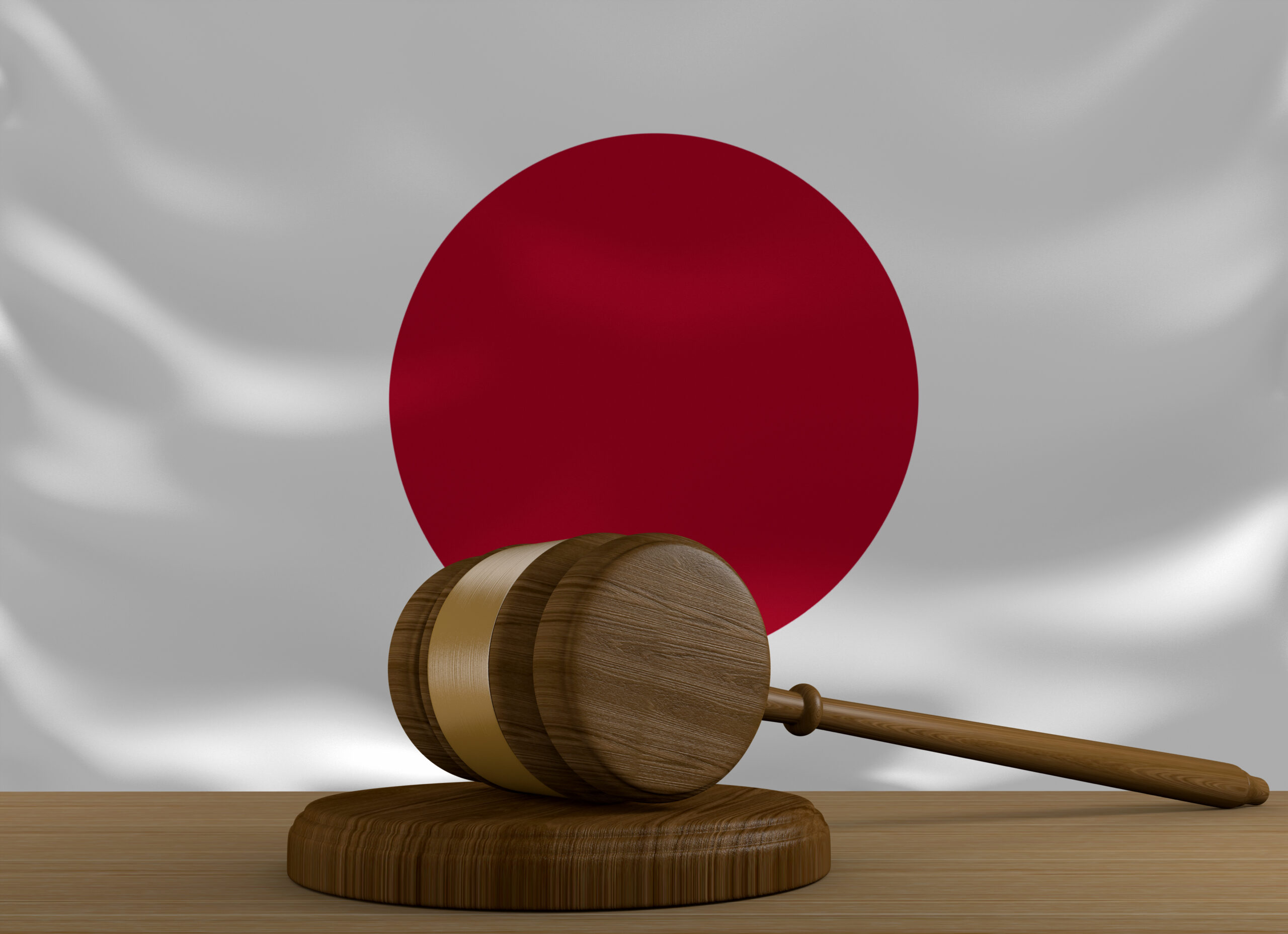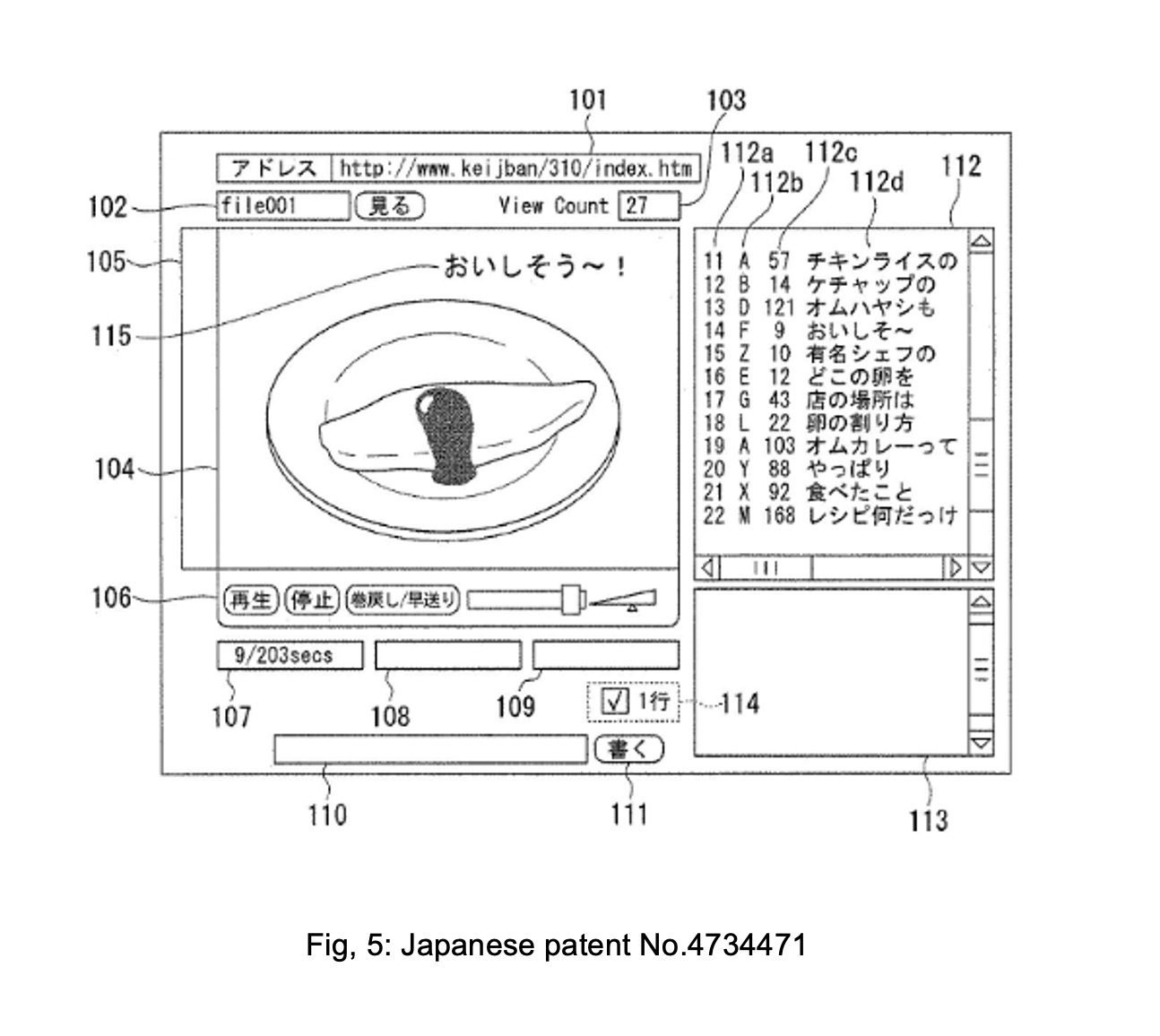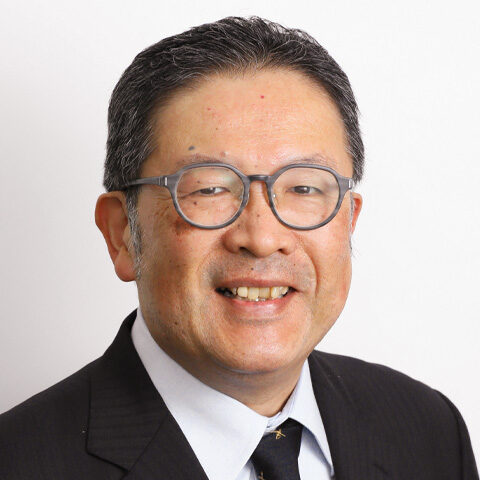“If it is necessary that the acts of program transmission in question be completed entirely within the territory of Japan, even formally, such a person who attempts to practice a patented invention without authorization could easily escape liability for patent infringement….It would be extremely unjust to allow such an underhanded act in today’s digital society.” – IPHC (translated)
 On July 29, 2022, a Japanese Internet service company published a press release that surprised IP practitioners in Japan. While DWANGO INC., the appellant and the plaintiff, lost patent infringement litigation against FC2, Inc., a U.S. based content provider, and another party, (FC2), at the Tokyo district court in September, 2018, the press release announced that DWANGO won over FC2 in the appeal at the Intellectual Property High Court (IPHC), which is similar to the U.S. Court of Appeals for the Federal Circuit in the United States. The IPHC determined that, while respective programs at issue in the present case were transmitted from servers outside Japan, it would be substantially unjust if liability for patent infringement could be easily avoided by locating a piece of equipment, such as a server, outside of Japan in today’s digital society.
On July 29, 2022, a Japanese Internet service company published a press release that surprised IP practitioners in Japan. While DWANGO INC., the appellant and the plaintiff, lost patent infringement litigation against FC2, Inc., a U.S. based content provider, and another party, (FC2), at the Tokyo district court in September, 2018, the press release announced that DWANGO won over FC2 in the appeal at the Intellectual Property High Court (IPHC), which is similar to the U.S. Court of Appeals for the Federal Circuit in the United States. The IPHC determined that, while respective programs at issue in the present case were transmitted from servers outside Japan, it would be substantially unjust if liability for patent infringement could be easily avoided by locating a piece of equipment, such as a server, outside of Japan in today’s digital society.
This is a good decision for patent holders, but the law is still unsettled. DWANGO lost another patent infringement lawsuit against FC2 at the Tokyo district court in May of 2022. That patent is about a comment distribution system claiming a system operating over client devices in Japan and a server in the United States. That lawsuit was appealed and a decision just issued on May 26, 2023.
DWANGO’s Patent
DWANGO filed a lawsuit against FC2, claiming infringement of two Japanese patents, Nos. 4734471 (‘471 patent) and 4695583. The IPHC found infringement of two program claims of the ‘471 patent. Representative program claim 9 reads as follows:
A program causing a computer of a display device for playing back a video and displaying a comment on the video to function as:
a video playback means for playing and displaying the video in a first display column, which is an area for displaying the video; and
a comment displaying means for referring to information stored in the comment information storage part that stores comment information including a comment and a comment grant time, which is a video playback time representing an elapsed time of the video based on a beginning of the video at the time when the comment was given, and
based on the video playback time of the video being played, reading the comment information from the comment information storage part of the comment information stored in the comment information storage part that corresponds to the comment grant time corresponding to the video playback time of the video, and
displaying a part of the read comment in an area outside the first displaying column and inside a second displaying column, the second displaying column being an area for displaying the comment at least a part of which overlaps a part of the first displaying column and a rest of which is placed outside the first displaying column.
The claimed program is said to facilitate readability of comments added to video images as distributed to users’ computers. Specifically, according to the claimed program, as shown in the figure cited from the patent publication, the patent specification explains that the second displaying area 105 for displaying comments overlaps the first displaying area 104 for displaying video and the comments displayed in the overlapped area moves from the right side to the left side over the left edge of the first displaying area 104 and is trimmed at the left edge of the second displaying area 105. This displaying effect enables easy recognition of the comments from the video as displayed in the first displaying area 104. The comment displaying function is performed by a user’s computer into which the present program is installed.
In the present decision, the IPHC determined that the program prepared and supplied to the computers of the users in Japan by FC2 fell within the technical scope of the above program claim, which means that the FC2 video distribution service through the program installed by Japanese users literally infringes the program claim.

Decision by the IPHC
According to Article 2 (3) of the Patent Act of Japan, practicing of product claims includes making and/or using the product. The same article categorizes a program claim as a product. When an invention is a program, practicing of the invention includes “supply of the program through telecommunication lines.” The Japanese patent right is effective in the territory of Japan. Therefore, FC2 would be liable for infringement of DWANGO’s Japanese patent right if all of the acts of FC2 were completed within the Japanese territory. In this aspect, in light of the Patent Act of Japan, the IPHC found no liability because the server transmitting the program to the users’ computers in Japan was located in the United States. At least a part of the acts were performed outside the territory of Japan, so there was no infringement.
It is to be noted here that the IPHC also found indirect infringement in providing the patented program to be used solely for making a patented apparatus of DWANGO’s ‘471 patent.
Fresh Interpretation of the Patent Act by the IPHC
Here, the court introduced a fresh interpretation of the Patent Act, summarized as follows:
“It is true that as seen from a formal and analytical point of view, the distribution of the FC2 program includes transmission in the US, transmission in Japan, and transmission elsewhere beside the US and Japan, means that the distribution is not completed within the territory of Japan. In this aspect, it is difficult to find the act of providing the program to constitute infringement of the Japanese patent right of DWANGO. However, if it is necessary that the acts of program transmission in question be completed entirely within the territory of Japan, even formally, such a person who attempts to practice a patented invention without authorization could easily escape liability for patent infringement by, for example, relocating a part of the facilities, such as servers, out of the patented territory. It would be extremely unjust to allow such an underhanded act in today’s digital society, where there are many useful network-related inventions. On the other hand, it is understood that, even if all the elements of a patented invention are not formally completed in the territory of Japan, and if, from a substantive and overall viewpoint, they can be regarded as having been performed in the territory of Japan, it would not violate the aforementioned principle of territoriality if the patent right of Japan were to be given effect to the practicing of the patented invention.
The act of provision in question shall be deemed to have been performed in the territory of Japan, taking into consideration various circumstances: whether the transmission is controlled in the territory of Japan, whether the transmission is directed to customers, etc. located in the territory of Japan, and whether the effect of the patented invention obtained by the supply is manifested in the territory of Japan. If such provision of the program can be regarded, substantially and in the aggregate, as being performed in the territory of Japan, then the Japanese Patent Act shall be applied and infringement will be found.”
Another Patent Infringement Lawsuit Between DWANGO and FC2
As mentioned earlier, DWANGO appealed to the IPHC from another lawsuit it lost at the Tokyo District Court over Japanese patent No. 6526304, also regarding a comment distribution system. In that decision, the district court found that the video distribution service operated on the Internet by FC2 fell within the technical scope of the system claim of the above Japanese patent owned by DWANGO. At the same time, however, the court did not recognize infringement of the patent right, since a part of the service was practiced outside the territory of Japan.
The panel of the IPHC in charge of the appeal sought public comments of third parties according to the provisions newly introduced in the Patent Act for the first time. The questions are:
- In a system invention including a server and a plurality of terminals, if the server is operated outside Japan, is production of the system considered to be “production” defined in the Patent Act of Japan?
- If yes for Q1, what is required as requisites?
The comment period ended on November 30, 2022, and the IPHC took the collected comments into consideration during the appeal.
Updates – Further Impact
The first case with program claims discussed above was apparently appealed to the Supreme Court. Whether the Supreme Court will consider the case is uncertain.
On Friday, May 26, 2023, in the above second case involving system claims, the Grand Panel of the IPHC overturned the district court decision and ruled that infringement of a system invention patent including clients and a server mutually coupled with a network is recognized, even if the server is located in the United States. Although the whole text of the decision is not yet publicly available, the ruling by the IPHC is summarized below, according to DWANGO’s press release:
“Whether patent infringement is to be recognized should be determined based on whether the alleged infringer’s acts are considered as “production” in the Patent Act in Japan, comprehensively considering 1) specific conditions of the acts, 2) functions/roles of the element(s) of the invention located in Japan, 3) a place where an effect of the invention by means of the system is enjoyed, 4) effects on the patentee’s economic benefits by usage of the system.
According to the above criteria, the IPHC has recognized that FC2 infringed DWANGO’s patent, because 1) since file transmission from an overseas server and receipt of the file by user terminals in Japan is considered integral, the acts of file transmission/receipt is deemed performed in Japan, 2) the user terminals in Japan perform principal functions of the invention, 3) the effect of the invention is expressed in Japan, and 4) using the system in Japan could affect DWANGO’s economic benefits.”
While infringement of a patented invention to be implemented across territorial borders has been long discussed in terms of its interpretation in the Patent Act of Japan, patent infringement had not been found for the cross-border implementation of a patented system invention. Through the above cases regarding the cross-border implementation of a patented system invention, a future direction for the scope of a system invention may be indicated.
This article was reviewed and authored with assistance from Patrick G. Burns, a shareholder of Greer Burns & Crain in Chicago. The author very much appreciates Mr. Burns’ efforts.
Image Source: Deposit Photos
Image ID: 85050158
Author: Kagenmi

![[IPWatchdog Logo]](https://ipwatchdog.com/wp-content/themes/IPWatchdog%20-%202023/assets/images/temp/logo-small@2x.png)

![[Advertisement]](https://ipwatchdog.com/wp-content/uploads/2024/04/UnitedLex-May-2-2024-sidebar-700x500-1.jpg)
![[Advertisement]](https://ipwatchdog.com/wp-content/uploads/2024/04/Artificial-Intelligence-2024-REPLAY-sidebar-700x500-corrected.jpg)
![[Advertisement]](https://ipwatchdog.com/wp-content/uploads/2024/04/Patent-Litigation-Masters-2024-sidebar-700x500-1.jpg)

![[Advertisement]](https://ipwatchdog.com/wp-content/uploads/2021/12/WEBINAR-336-x-280-px.png)
![[Advertisement]](https://ipwatchdog.com/wp-content/uploads/2021/12/2021-Patent-Practice-on-Demand-recorded-Feb-2021-336-x-280.jpg)
![[Advertisement]](https://ipwatchdog.com/wp-content/uploads/2021/12/Ad-4-The-Invent-Patent-System™.png)






Join the Discussion
No comments yet.